
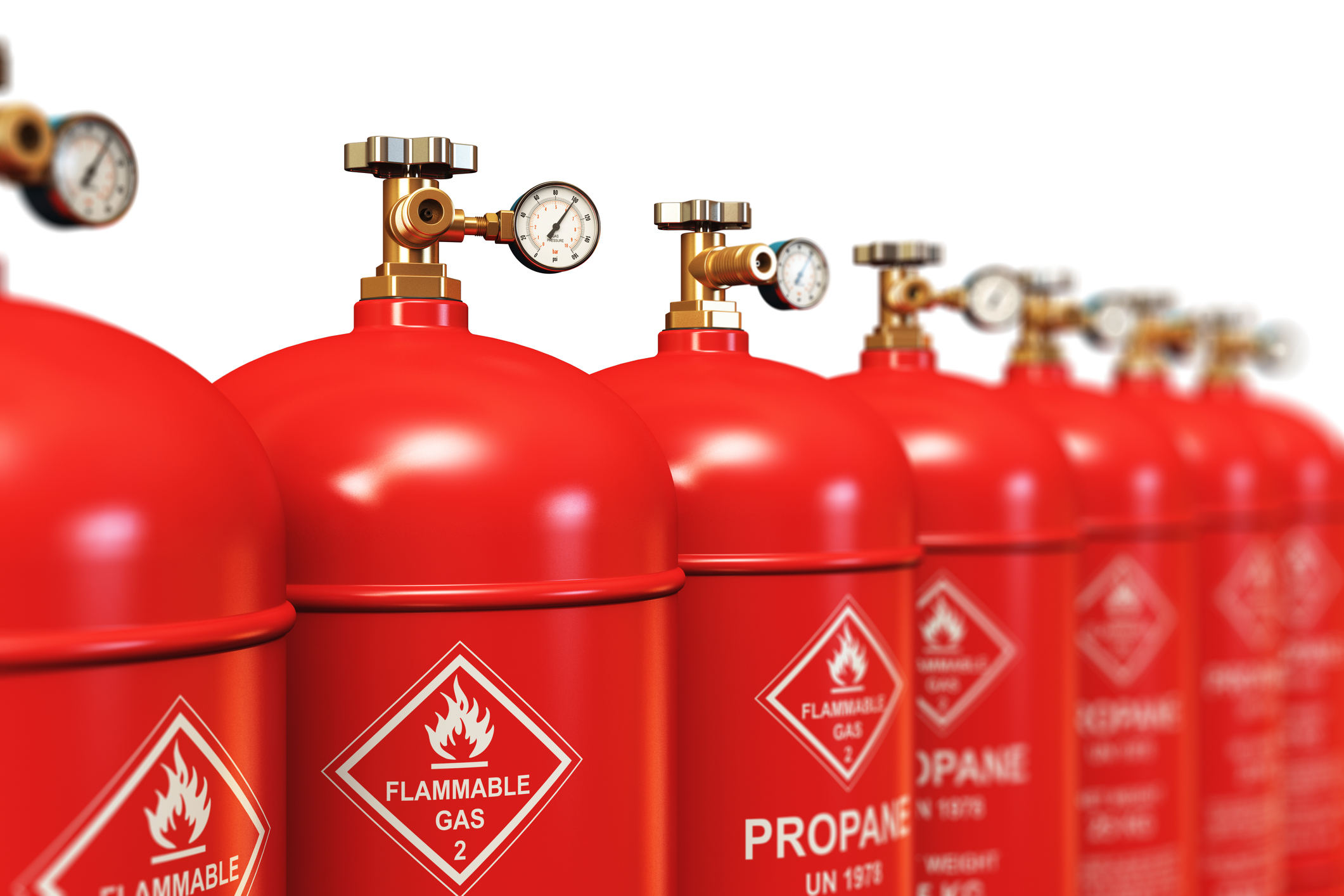
Explore EspriGas’ industrial propane services and nationwide coverage, from forklift cylinders to commercial railroad propane.
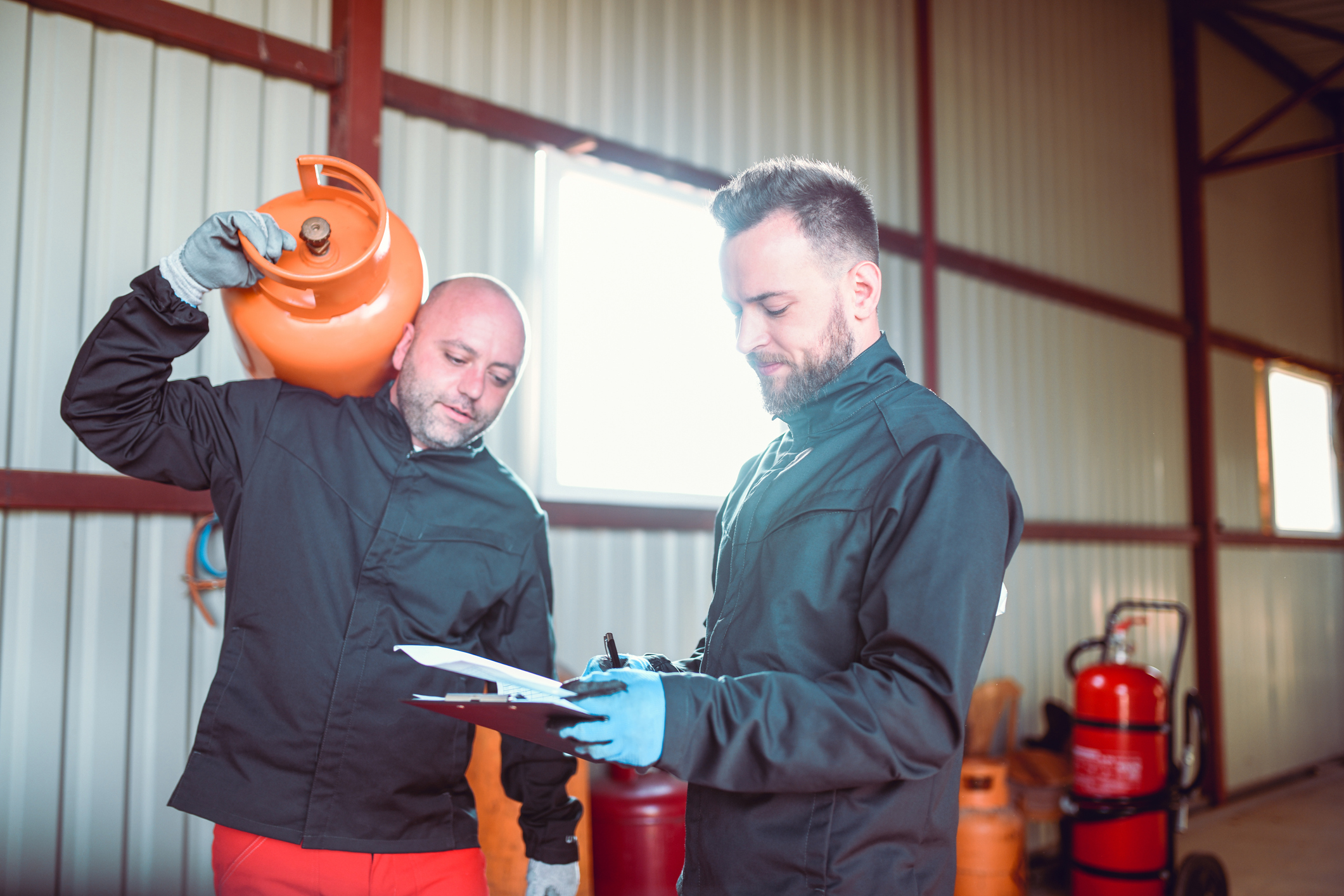
Mobilize your industrial and HVAC business to prepare for 2024 with EspriGas's review of industrial gas supply trends expected to impact the market.

Read and follow all Safety Data Sheets (SDS’S) before use. Read label before use. Keep out of reach of children. If medical advice is needed, have product container or label at hand.

Read and follow all Safety Data Sheets (SDS’S) before use. Read label before use. Keep out of reach of children. If medical advice is needed, have product container or label at hand.
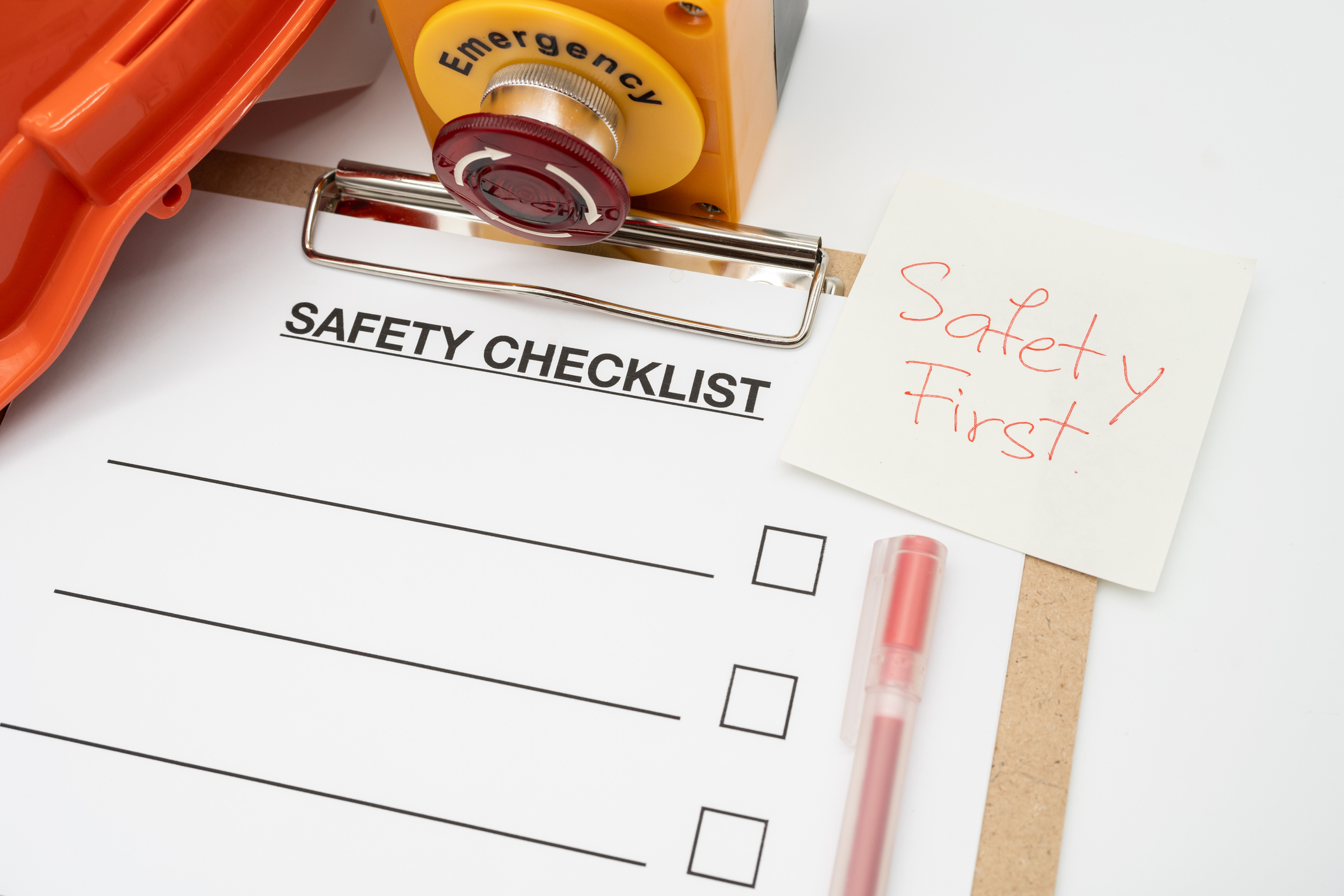
Download your complete gas safety guide to set up, install, replace, and troubleshoot your CO2 tank.
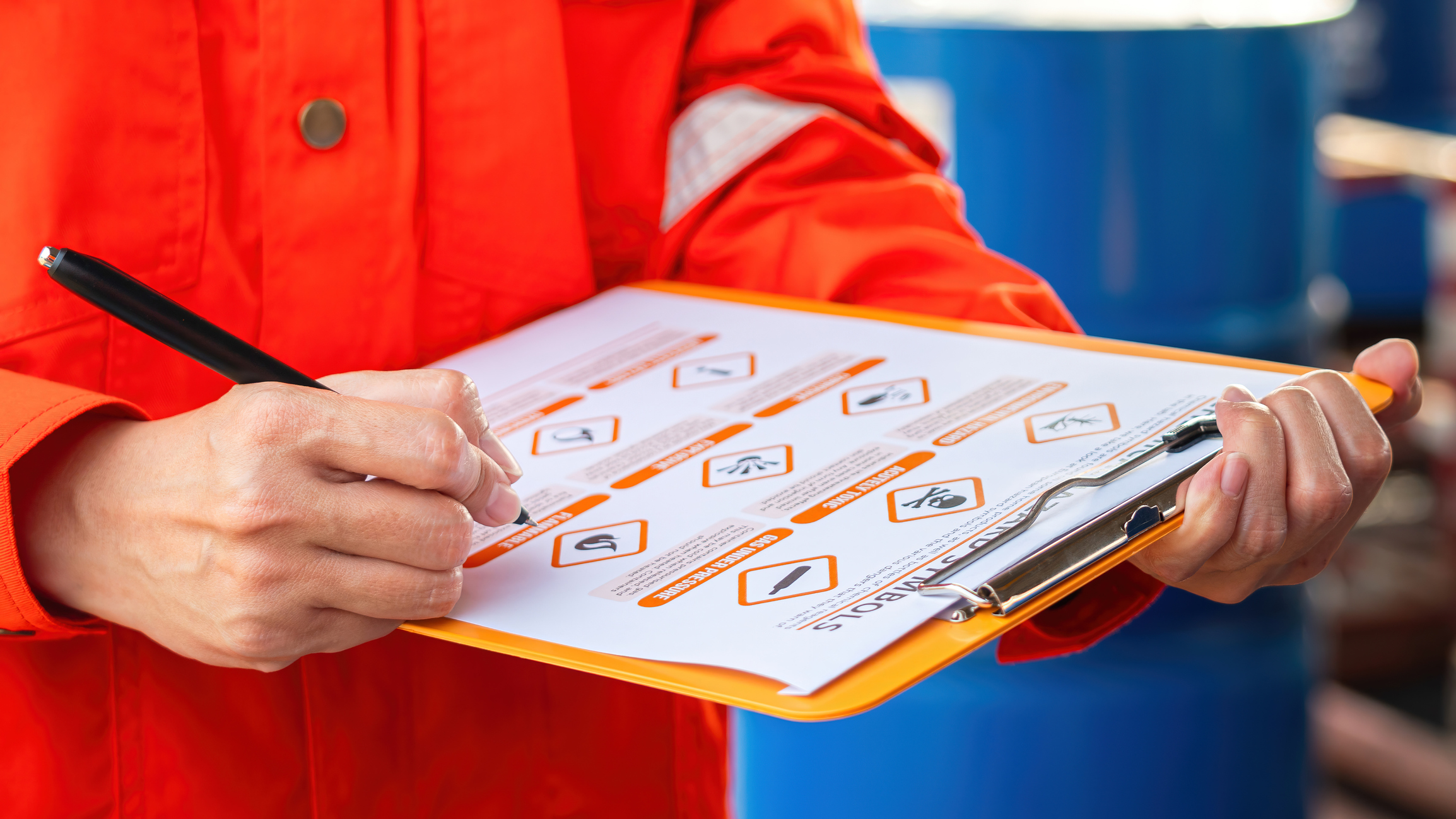
When it comes to beverage gas safety, it is important to understand the ins and outs of CO2.

Like many industries, the food and beverage sector has experienced setbacks over the past two to three years.
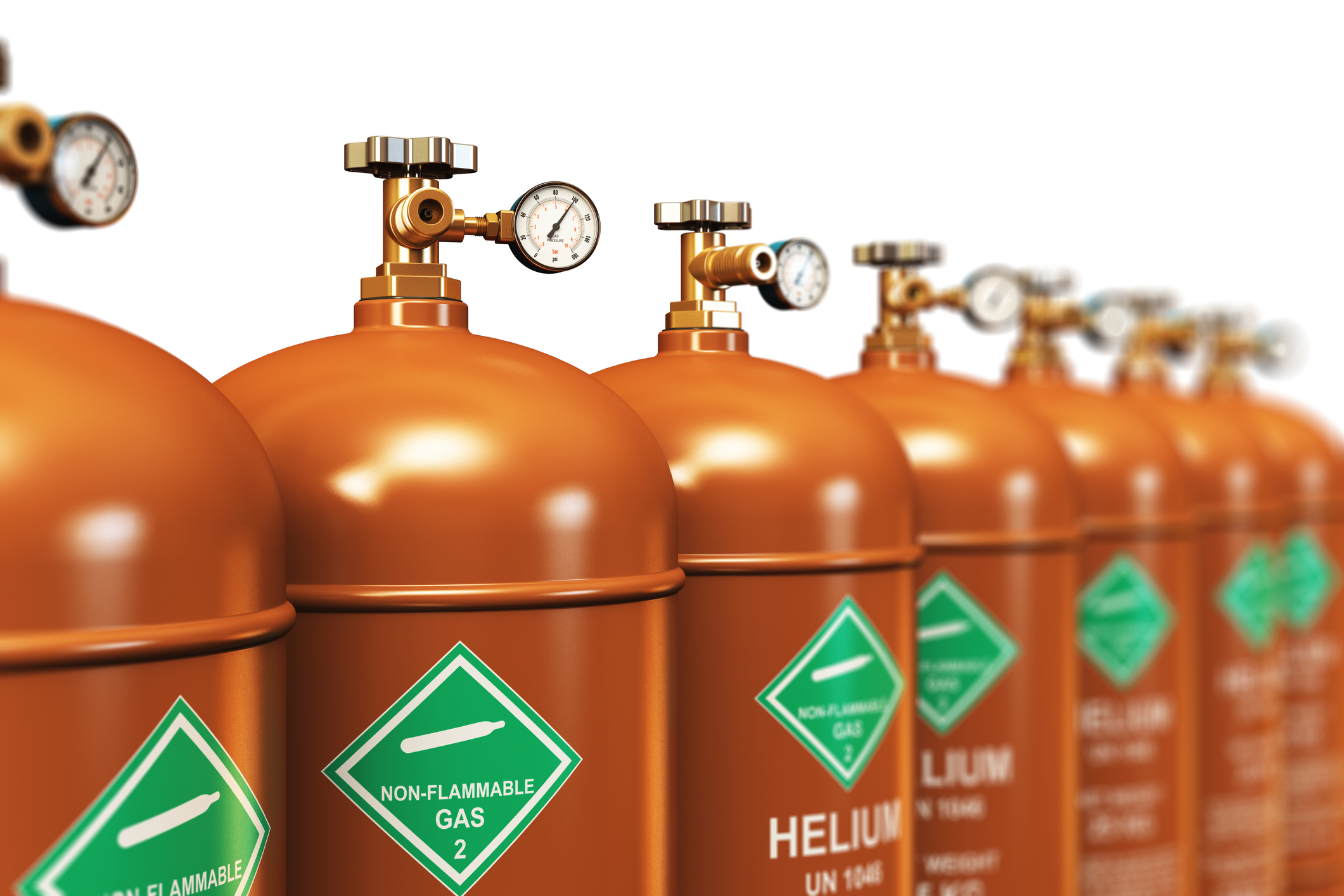
Read and follow all Safety Data Sheets (SDS’S) before use. Read label before use. Keep out of reach of children. If medical advice is needed, have product container or label at hand.
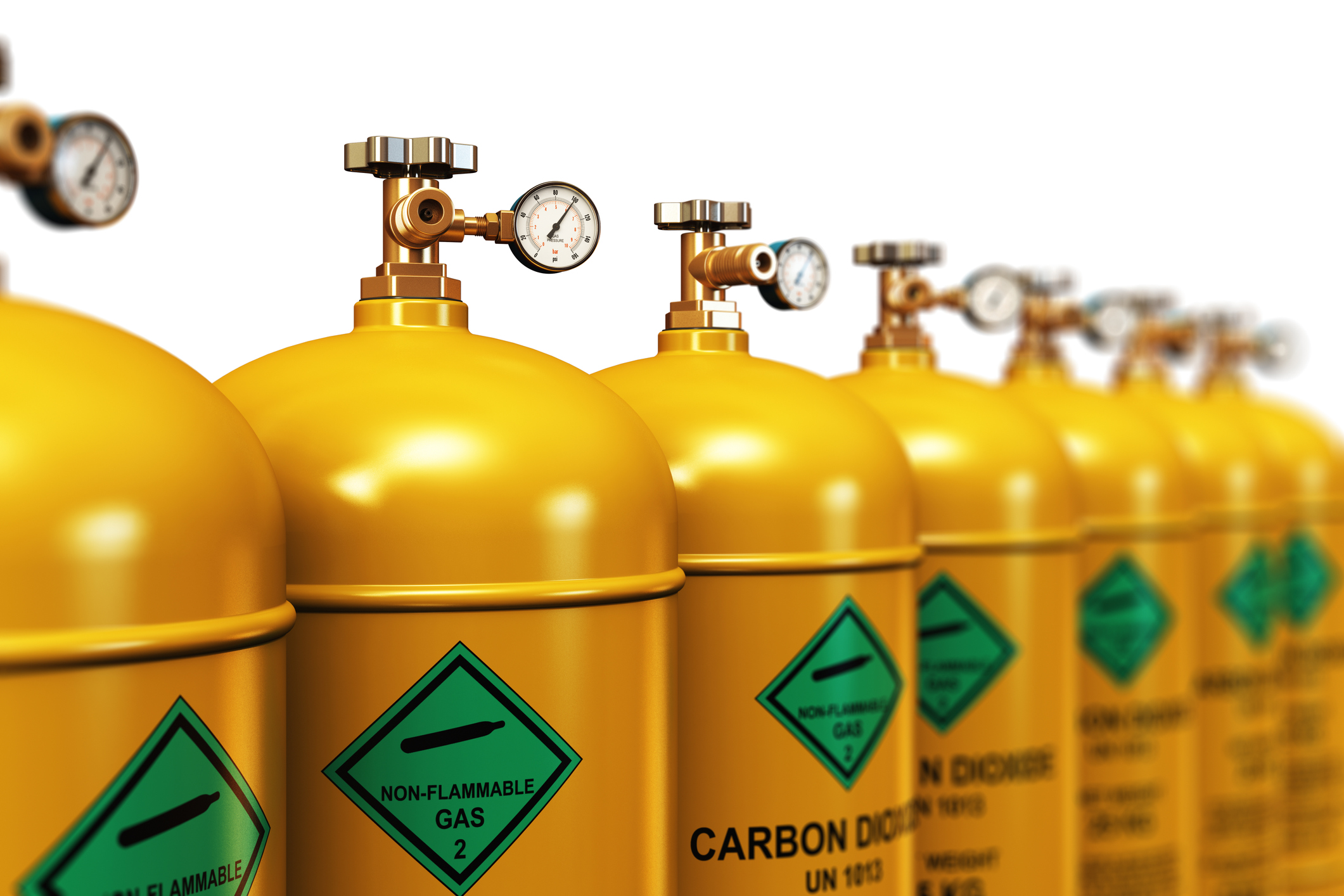
Read and follow all Safety Data Sheets (SDS’S) before use. Read label before use. Keep out of reach of children. If medical advice is needed, have product container or label at hand.
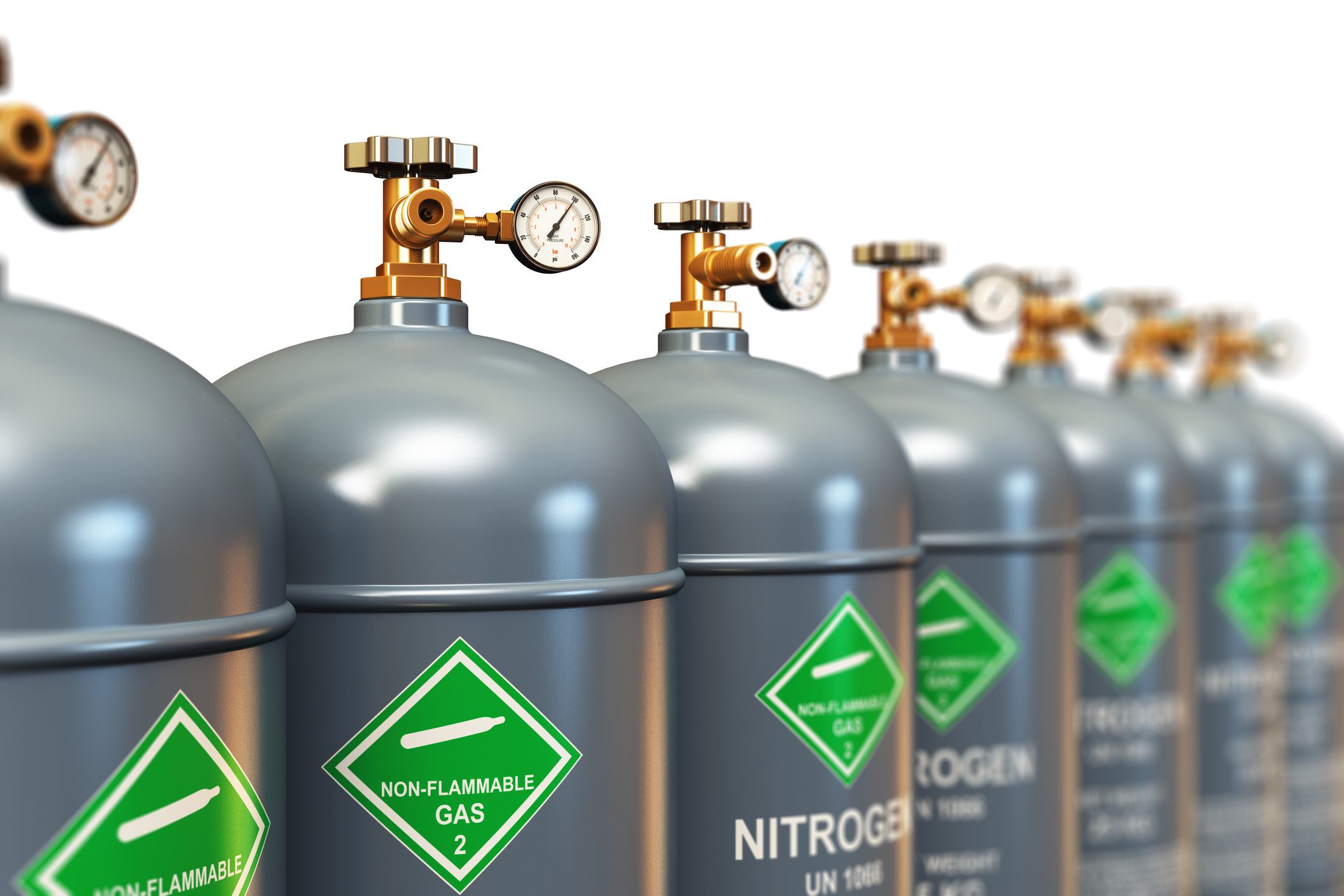
Read and follow all Safety Data Sheets (SDS’S) before use. Read label before use. Keep out of reach of children. If medical advice is needed, have product container or label at hand.
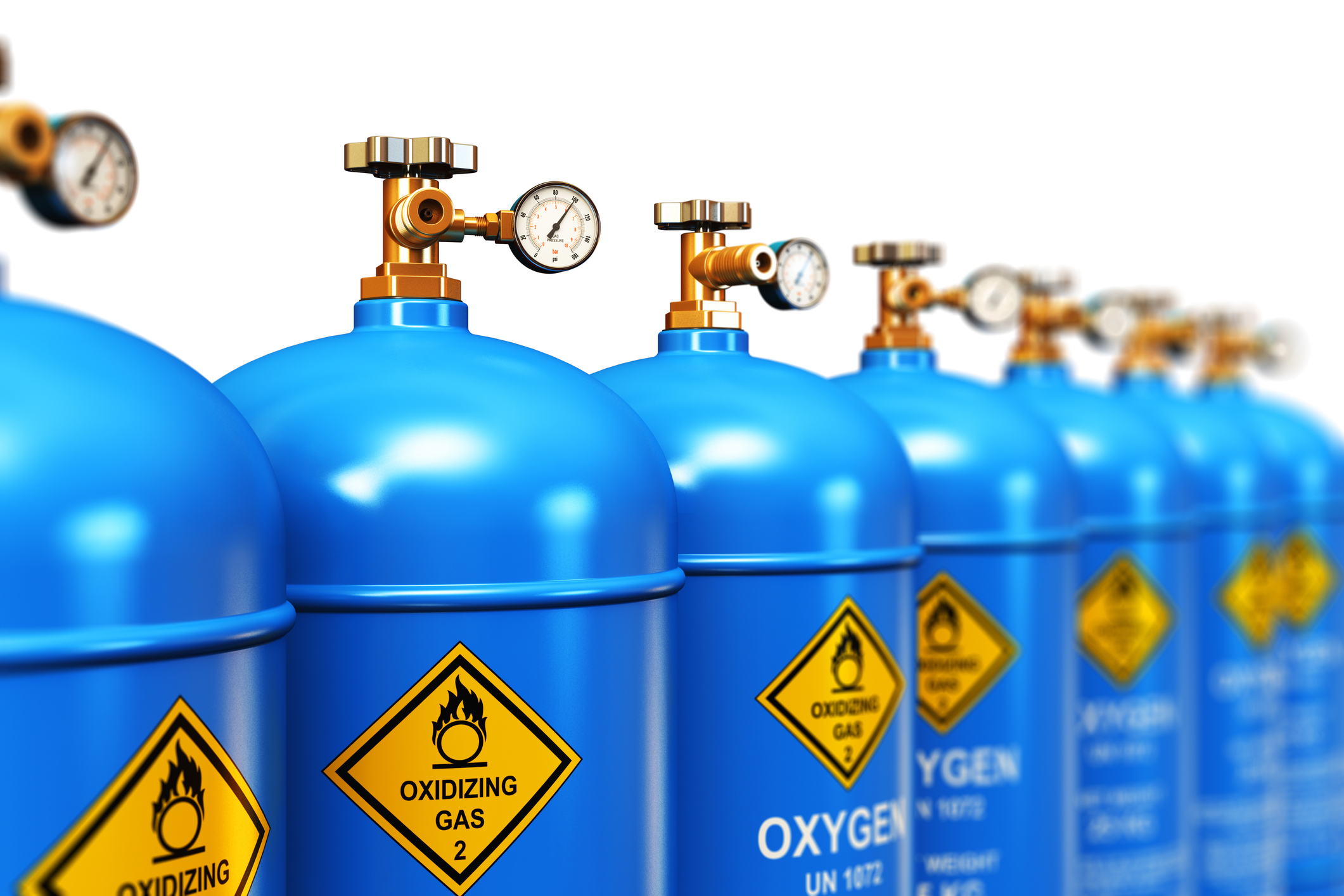
Read and follow all Safety Data Sheets (SDS’S) before use. Read label before use. Keep out of reach of children. If medical advice is needed, have product container or label at hand.
